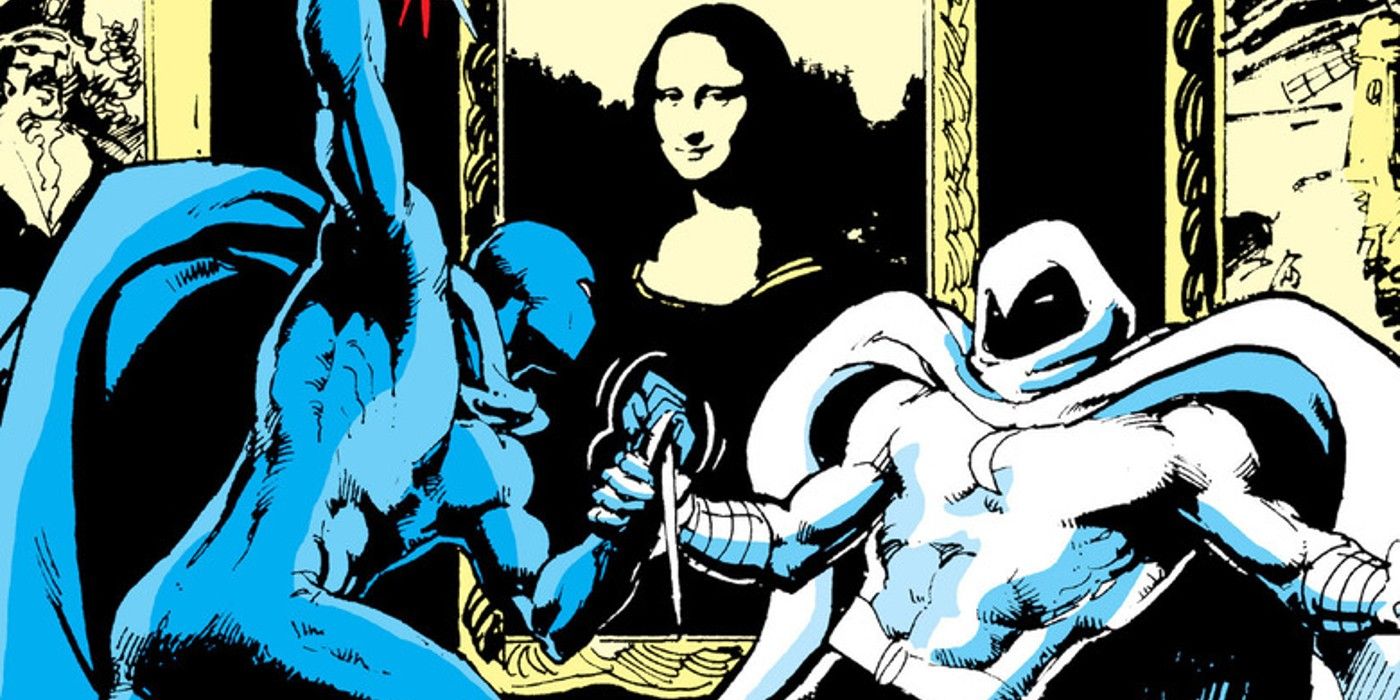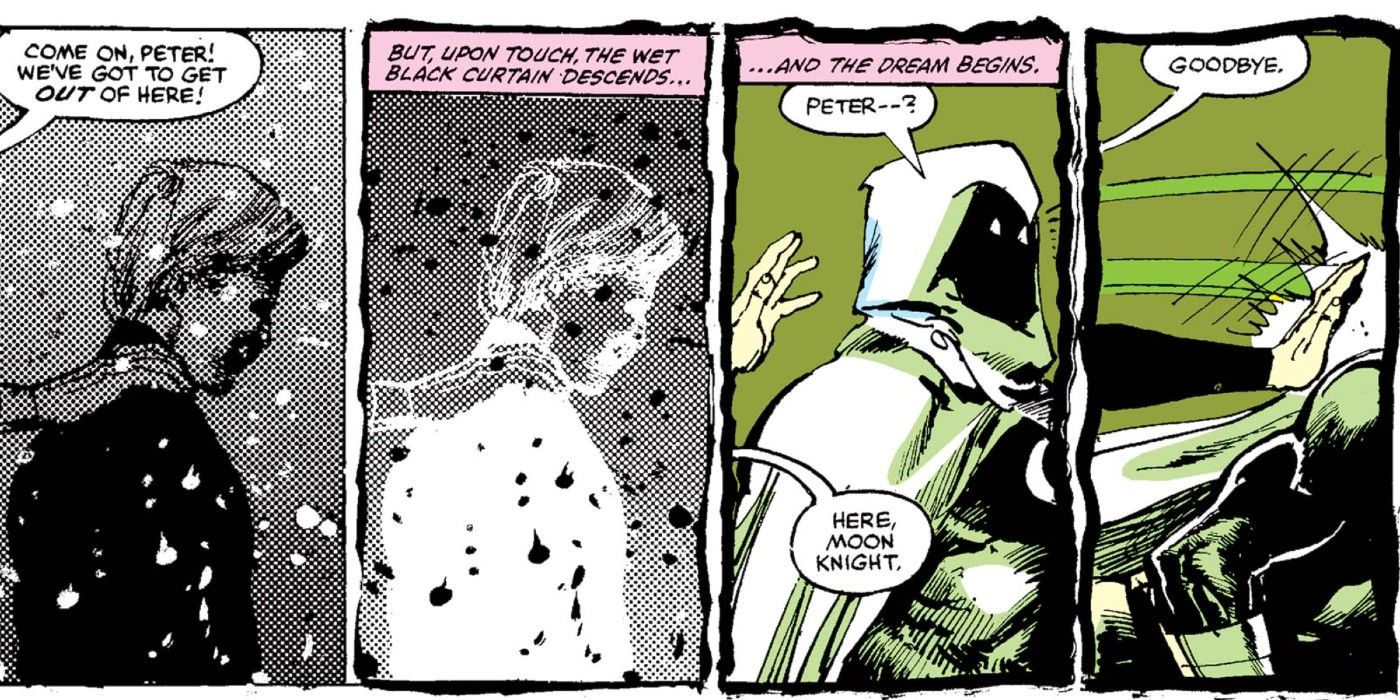With an upcoming series on Disney+, Marvel Comics' Moon Knight has never been more visible on the pop culture radar. And while the popularity of the character has been increasing, many have forgotten that the initial strengths of Marvel's Moon Knight series wasn't the titular character, it was artist Bill Sienkiewicz. While he has more than made a name for himself with classics like the Frank Miller-penned Elektra: Assassin and his legendary run on New Mutants with Chris Claremont, Sienkiewicz got his start in comics as the primary artist of Moon Knight. His run on the series would see him evolve from a fresh-faced, Neal Adams-loving art school graduate into the highly experimental and genre-defining artist that he has become known for.
Moon Knight was initially penciled by Don Perlin in the Doug Moench-written Werewolf By Night #32. Perlin would be the predominant artist to draw Moon Knight's subsequent and sporadic appearances as a solo character before he got his own series, along with artists like Gene Colan, Keith Giffen, and others. At this point, most of Moon Knight's appearances were written by co-creator Doug Moench, but it wasn't until Moench was teamed with a young newcomer that Moon Knight started to become the character fans know him as today.
Bill Sienkiewicz graduated from the Newark School of Fine and Industrial Arts where he primarily credits his favorite teacher for introducing him to what was possible with art. Sienkiewicz recalled his time at NSFIA in a July 1985 interview printed in Marvel Age #28 relating, "There I met a teacher named Don Brown who was a fashion illustrator and abstract painter. He introduced me to a whole new world of art outside of comics, and that's when I fell in love with art. The great thing was that he also knew the work of comics artists - so he didn't look down his nose at comics." Sienkiewicz would credit this outside exposure to his success in the comics field, going on to say "It was an important experience for me to learn about all the stuff outside comics. That's an experience that a lot of people who want to work in comics lack."
When Moon Knight #1 hit the stands in August 1980 some fans bristled against not only the similarities between Moon Knight and Batman but Sienkiewicz and top Batman illustrator Neal Adams as well. As Sienkiewicz recalled in Marvel Age #28, "I received quite a bit of criticism from the fans for imitating him too much. Partly out of frustration of being labeled a Neal Adams clone, one day I really started to cut loose." After Moon Knight #23 released, people wouldn't be able to label Sienkiewicz an Adams clone any longer.
Later, when some felt Sienkiewicz was hitting his stride with Moon Knight, he quit as an interior artist with issue #29. With Sienkiewicz gone, the title was canceled within a year. In Marvel Age, Sienkiewicz explained, "I felt that we'd gone so far that, well, I just couldn't get into it if there was a chance Moon Knight were going to fight some ordinary villain again... Also, I was scared... Scared of the way-out stuff I could see myself doing if I had continued." Sienkiewicz was able to get over his fear of truly letting go, creating some of the comics medium's most visually challenging work in titles such as Elektra: Assassin, and Big Numbers with Alan Moore. While Bill Sienkiewicz has cemented himself as one of comics' greatest illustrators, he wouldn't have gotten there without drawing hundreds of pages of Marvel's Moon Knight, and the visual style he brought to the character will no doubt influence the upcoming MCU show from Disney+.


